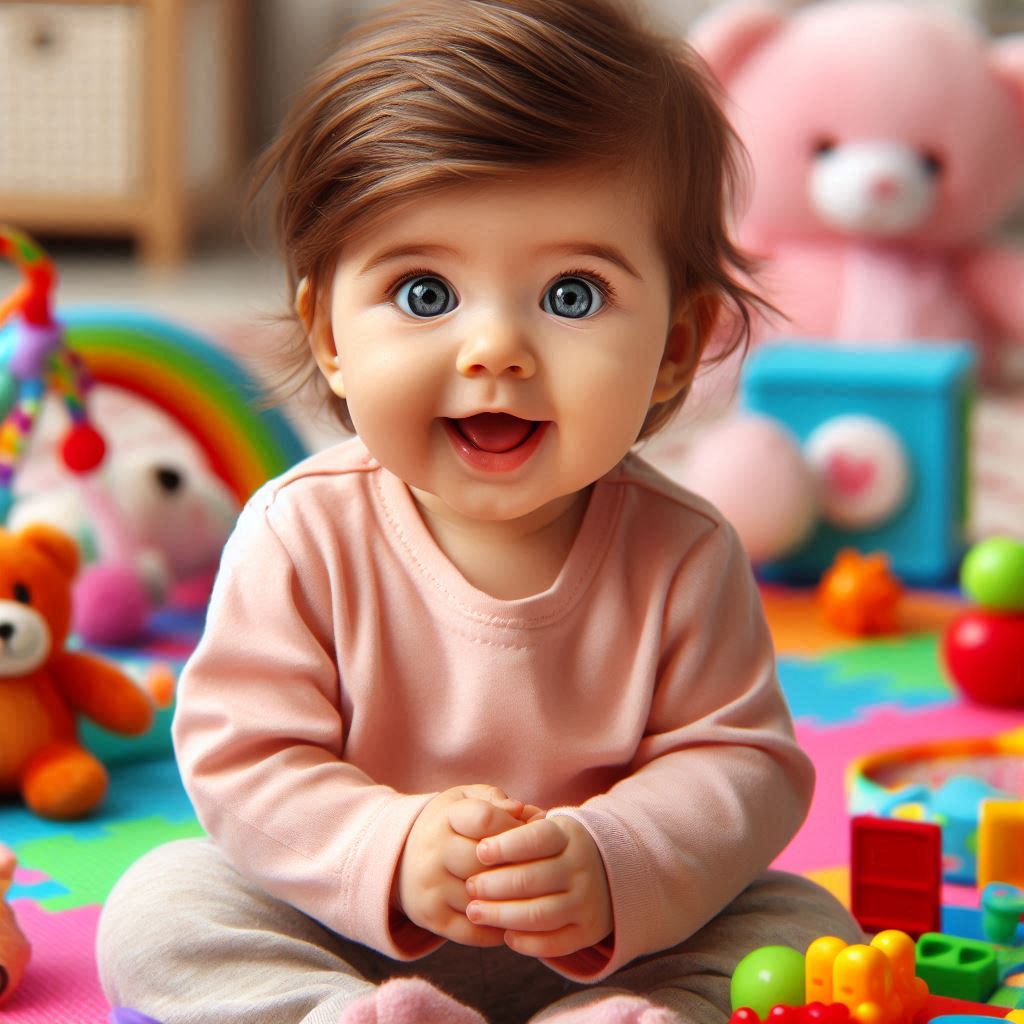A recent study suggests that babies' early sounds may be more structured than previously thought. Dr. Pumpki Lei Su from the University of Texas at Dallas found that infant vocalizations follow patterns rather than being random noises. Her team observed babies making sounds in three distinct categories - squeals, growls, and vowel-like sounds - often in clusters. Interestingly, babies do this whether they’re interacting with adults or exploring their vocal abilities on their own.
Scientists have long known that the sounds babies make before saying their first word are essential steps in speech development. These vocalizations move through stages like cooing, vocal play, and babbling. In Dr. Su’s study, 40% of the recordings had more squeals than expected, and 39% showed growl clusters, especially after the babies turned five months old. Almost all babies in the study showed a pattern of clustering one type of sound at some point.
Surprisingly, this sound-clustering behavior was also observed in babies later diagnosed with autism. Dr. Su noted that whether or not a child is diagnosed with autism, they still cluster their sounds within one category at a time. This suggests babies are actively practicing making sounds, not just copying what they hear.
Dr. Su said, “We tend to think babies are passive recipients of input. And certainly, parents are their best teachers. But at the same time, they’re doing a lot of things on their own.” So while parents play a crucial role in teaching them language, infants are naturally driven to experiment with their vocal capabilities from the earliest months, even without adult input. This discovery opens new insights into how early speech development happens.

Picture: Baby babbling (Designer)

